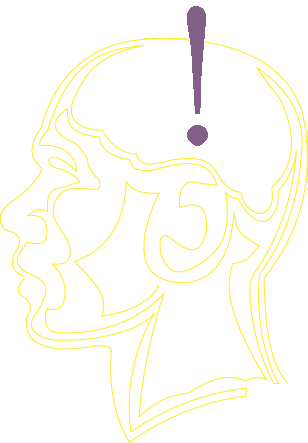

2010 2011 2012 2013 2014 2015 2016 2017 2018 2019 2020
Author(s): Dylan Kieffer , Elizabeth Trenkel , Chris Walser
Presentation: poster
The purpose of our study was to document the impact of stream drying on water temperature and dissolved oxygen (DO) concentrations and to determine if these changing water quality conditions affected redband trout survival. We monitored stream temperature, DO and trout survival across 10 pools. Pools were monitored biweekly until dry or until the end of the study. Stream temperatures were monitored every hour using HOBO data loggers. At the start of the study, pools were surveyed for redband trout using a backpack electrofisher. Total length (TL) of each fish was recorded and fish were implanted with a PIT tag. Survival of fish was monitored via electrofishing every 3-6 weeks until pools became isolated. After which, fish were monitored on a weekly basis via a visual survey. Over the study period, the lower-reach pools had a mean hourly temperature of 16.1°C (9.6-22.7°C) while mean hourly temperature in middle-reach and upper-reach pools was 14.5 (7.4-28.6°C) and 11.6 °C (3.8-21.6°C), respectively. Redband trout survived 7-days in a middle-reach pool with DO levels below 1.5 mg/l. This result suggests that redband trout living in arid environments may have unique adaptations to survive extended periods of hypoxia.
The College of Idaho 2112 Cleveland Blvd Caldwell, ID 8360 USA 208-459-5011 800-2C-IDAHO